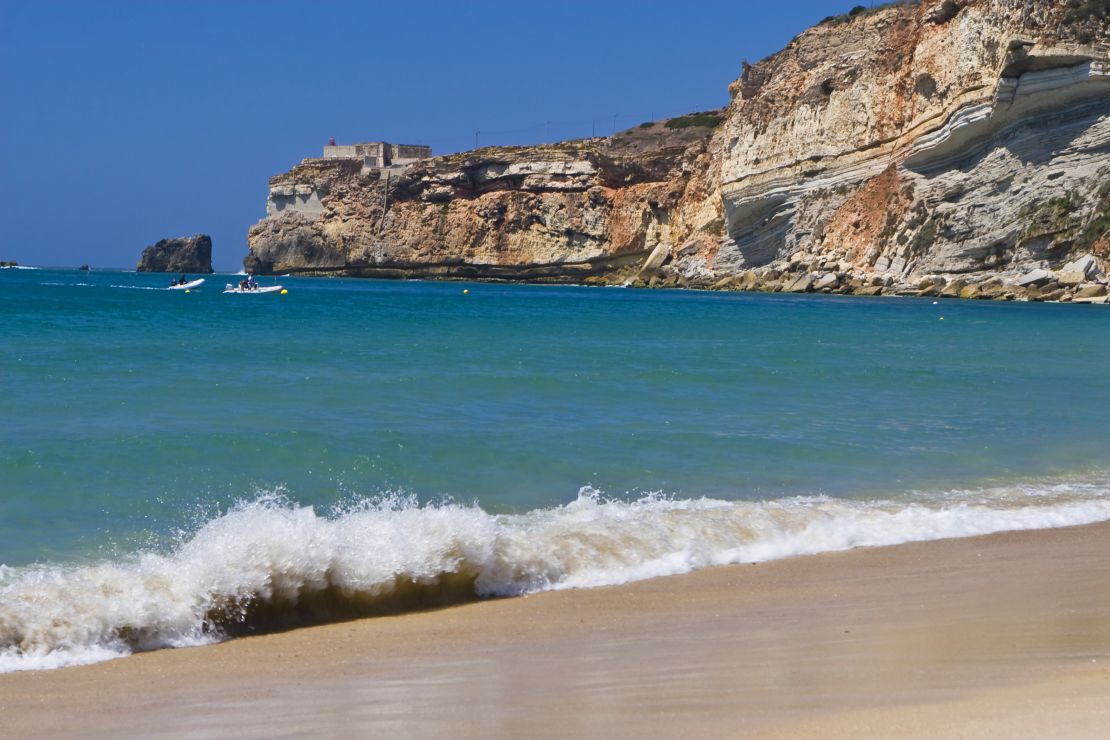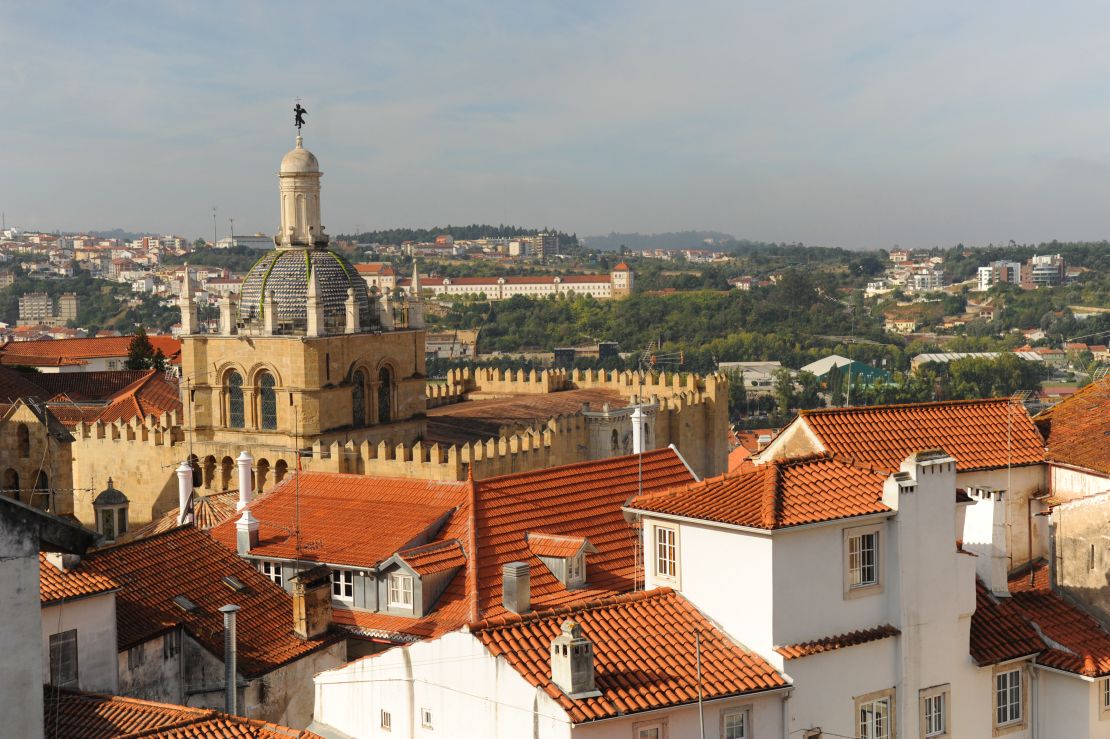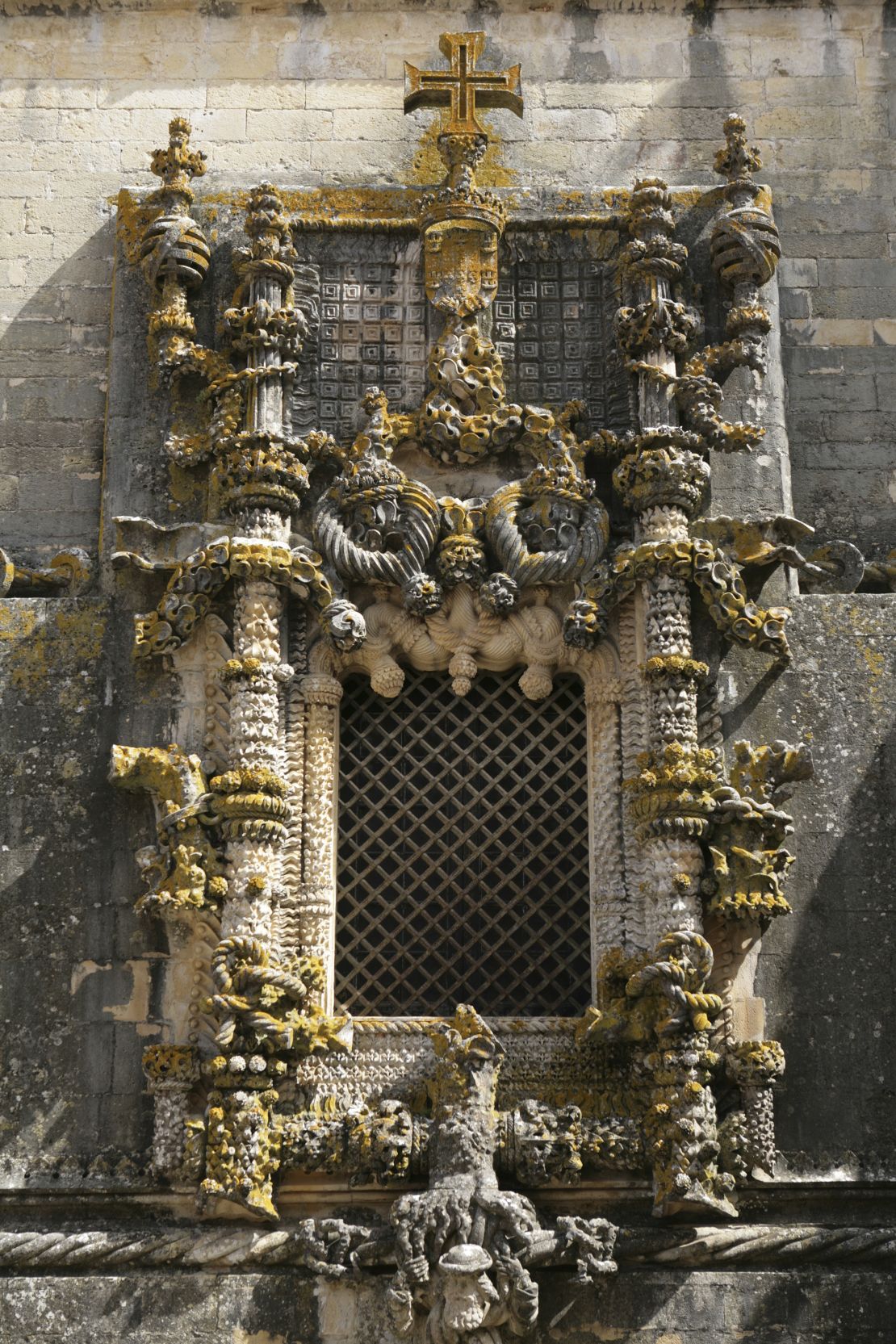The fishing port of Nazare has become better known thanks to the exploits of surf legend Garrett McNamara who’s broken records riding the world’s biggest waves as they crash into Praia do Norte beach just north of the town.
Sliding down a 10-story wall of fast-moving ocean not your deal, you say? No prob.
Portugal’s “Silver Coast” and rest of the Centro region surrounding Nazare are home to a largely undiscovered array of treasures unjustly ignored by Portugal visitors, who typically only hit Lisbon or the wine-based charms around Oporto in the north.
Why the cold shoulder from tourists? After reviewing the region’s highlights, we’re still not sure. But we’re not counting on the area to remain empty.
Sunny beaches and coastline
The mega waves at Nazare’s north beach are triggered by a giant underwater canyon located just off the coast. Nowhere else has rollers like it.
But there are plenty of other beaches with more manageable surf along central Portugal’s Costa de Prata, or Silver Coast.

Solitude seekers can find miles of empty sand stretching north and south from the single bar on Praia de Osso da Baleia (Whale Bone Beach).
The busy resort of Figueira da Foz offers buzz centered around its casino as well as a broad swathe of find sand.
Families like the calm waters in the Obidos Lagoon.
Praia de Vieira de Leiria draws crowds with its pine-backed dunes and cluster of restaurants serving superlative versions of a Portuguese classic arroz de marisco (seafood with rice).
Catch the ferry from Peniche to the uninhabited Berlengas islands and you can enjoy a wind-tossed nature reserve, bed down in an abandoned fortress and dive into clear waters in a tiny sandy cove.
The fishing town of Peniche that sits on a peninsula jutting into the Atlantic has become an international surf mecca, thanks to the tubular waves rolling into its beaches.
Even Nazare has a beach that’s welcoming to those adverse to mountainous swell.
The town’s main beach is a Portuguese family favorite, decorated during summer with brightly striped tents rented out by the fishermen. Fishwives, sporting the traditional flowered blouse and seven layers of skirt, line the beachfront promenade hawking dried mackerel, bags of figs or rooms to rent.
Around Easter you may catch teams of these formidable women hurling projectiles at each other in local version of dodge ball.
Affordable palatial stays
The forests, hills and vineyards of central Portugal are dotted with luxurious places to stop over – from palatial old school spas to converted castles, convents and mansions.
Among the grandest is the Bussaco Palace (Mata do Bussaco, Luso; +351 231 937 970), a hilltop castle built as a romantic retreat by King Carlos I as homage to fairytale abodes of his German ancestors.
A hotel since 1917, it’s lavishly decorated with antiques, surrounded by semi-tropical forest and contains a legendary wine cellar.

Early in the 20th century, grand thermal spa hotels sprouted around the region.
A few of these thermal palaces have been restored to their former glory.
Visitors today can soak in a hot tub, get a perfumed massage or wallow in “Grand Budapest”-style nostalgia among the grandeur of the Palace Hotel Monte Real (Rua de Leiria, Leiria; +351 244 618 900) near Leiria, the Belle Epoque glamor of the Curia Palace (Avenida Platanos, Tamengos, Anadia, +351 231 510 300) north of Coimbra or art deco elegance of the Grande Hotel de Luso (Rua Doutor Jose Cid de Oliveira 86, Luso; +351 231 937 937).
The Pousadas de Portugal chain has been tastefully converting historic buildings into luxury boutique hotels since the 1940s.
One of its standout locations is in the medieval castle of Obidos (Paco Real, Obidos; +351 210 407 630), an exquisite whitewashed town just inland and famed for its sweet cherry liqueur.
Other luxurious pousadas can be found in an 18th-century convent on the edge of Portugal’s highest mountain range in the village of Belmonte, a 200-year-old former hospital in the granite city of Viseu or a noble palace in Condeixa just down the road from some of the most spectacular Roman ruins in the Iberian Peninsula.
Cool cities
Rising above the Mondego River, the white city of Coimbra is the region’s biggest urban center. Dating to 1290, the University of Coimbra is one of the world’s oldest. Renaissance and baroque buildings at the university’s hilltop heart are UNESCO World Heritage Sites and the magnificent library is a must-see attraction.

With so many students, Coimbra is a lively place. The narrow alleyways of the upper city are backed with bars and taverns serving cheap, hearty dishes. Visitors can occasionally hear the plaintive tones of Coimbra’s own version of Portugal’s bluesy fado music.
It’s traditionally sung by male students wrapped in black capes, but you can catch it most nights at the Cafe Santa Cruz (Pra?a 8 de Maio, Coimbra; +351 239 833 617) or the Fado ao Centro cultural center (Rua Quebra Costas 7, Almedina, Coimbra; +351 239 837 060).
Among the region’s other cities, Aveiro is known as Portugal’s Venice, thanks to the canals linking it to a vast, mysterious marshland. It’s renowned for art nouveau houses, brightly painted boats and artery-clogging egg and sugar confections called ovos moles.
Also well worth a visit are the sturdy hilltop cities of Viseu and Guarda whose cathedrals castles and solid stone houses seem hewn from the rocky terrain.
Dishes you’ve probably never eaten
Portuguese cooking is rooted in regional traditions. Many will appeal to more game eaters.
Eel stew is the signature dish in Aveiro. The area around Mealhada lives largely off spit-roasted piglets served whole in vast roadside eateries. In the hills east of Coimbra, old goat, slow cooked in red wine is a rustic favorite.
Most small towns and villages will have at least a couple of cherished old school restaurants serving up such favorites – places like O Manjar do Marques in Pombal, Casa Vidal in águeda or Celeste, McNamara’s favorite in Nazare – right on the beach and serving the best caldeirada (fish stew) in town.
Portugal’s center also produces notable cheese and wines, notably in the Dao and Bairrada areas.
A visit to the cellars of the Alianca vineyard is a treat. In addition to excellent drinks, the Underground Museum contains African sculpture, Portuguese ceramics and other works from the eclectic collection of millionaire art aficionado Joe Berardo.
Dramatic scenery

Tourists don’t usually come to Portugal for the snow. Yet at more than 6,500 feet, the Serra da Estrela mountains are home to the sun-soaked country’s only ski resort.
It’ll never rival the Alps, but the Serra da Estrela and other smaller ranges rolling from the Atlantic to the Spanish border offer spectacular scenery in summer or winter.
Portugal’s largest wilderness features soaring peaks, bolder-strewn plateaus and crystalline lakes. Wolves prowl the forests, golden eagles soar overhead.
The serras also offer a scattering of historic villages, like Belmonte (unique Jewish heritage), postcard-worthy Piodao and Monsanto, once voted as the archetypal Portuguese village.
Many here live off the rearing of sheep, which produces soft-patterned blankets and sweaters, creamy cheeses and the unique Serra da Estrela dogs that are fluffy cute, but tough enough to scare off wolves.
Heritage
There’s a distinct edge-of-the-world vibe on the broad beaches and breezy headlands of mainland Europe’s most westerly shore, but it’s less than an hour’s drive from Nazare to no less than three spectacular World Heritage Sites that bare witness to the region’s glory days.
First stop is the great monastery of Alcobaca. Construction got underway here in 1178, while Portugal’s first king battled to gain control of the country after 500 years of Arab rule.

Portuguese visitors come to see the ornate tombs of King Pedro I and his murdered mistress Ines de Castro, whose tragic 14th-century love story is etched in the national psyche.
The town’s Alcoa pastry shop (Praca 25 Abril 44, Alcobaca; +351 262 597 474) is nationally renowned for sticky treats based on ancient monastic recipes and its pasteis de nata (custard tarts) were judged the country’s best last year.
Just over the highlands of the Serra de Aire Natural Park is another UNESCO-protected religious site, the Convent of Christ in the pretty riverside town of Tomar. Once a stronghold of the Knights Templar, this mysteriously spiritual complex has at its heart a round church inspired by Jerusalem’s Church of the Holy Sepulchre. In July, there’s a chance to witness Tomar’s other claim to fame, the Festas dos Tabuleiros.
Held every four years, this six-day festival is crowned by a procession of white-robed maidens who each balance on their heads a tray loaded with 30 flower-decorated bread loaves.
The third in this World Heritage trio of sacred sites is the Convent of Batalha, a multispired Gothic pile in soft-yellow stone built in thanks for Portugal’s 1385 victory over an invading Spanish army in a field nearby.
It’s a short drive from there to an altogether more recent religious shrine – the towering basilica at Fatima where many Catholics believe the Virgin Mary appeared to three shepherd children during World War I.
Today the town is a major pilgrimage site, drawing thousands of visitors. The huge candlelit outdoor mass held every May 12 can be a moving event for visitors of any or no faith.
Freelance journalist Paul Ames has been hooked on Portugal since visiting as a kid in the 1970s. He lives in Lisbon but remains a frequent visitor to his wife’s home village in the heart of the Centro region.









